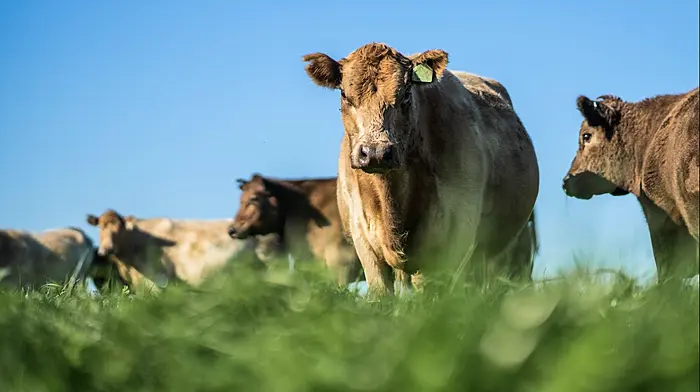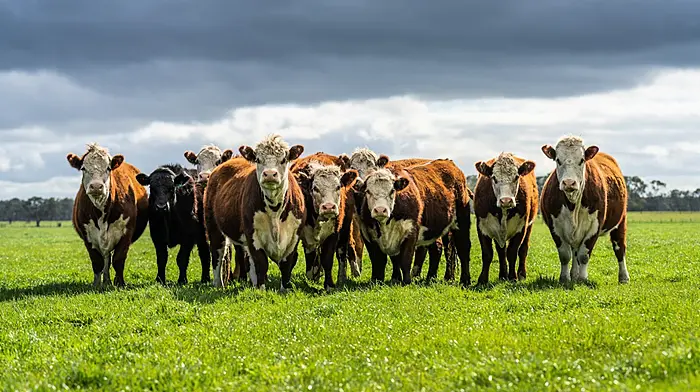ADDRESSING nursing home costs is one of the more problematic issues in a farm succession. Under the original 2009 Nursing Home Support Act, there was a three-year cap which applied in limited circumstances.
The three-year cap refers to the maximum period an asset, such as a family farm, can be assessed as a relevant asset for the computation of the personal contribution to the cost of nursing home care. Under the original drafting of the 2009 Act, the farmer or their spouse/partner was required to be farming the land when struck-down by a sudden illness or disability and there must have been a family successor committed to giving a substantial part of his or her working day to the farming of the farm.
Furthermore, under the original, and current amended draft, of the Act, there is a five-year look back period where a transferred farm can be assessed as a relevant asset, ie the retired farmer is deemed to continue to own the farm for five years after the farm is gifted to a successor, and potentially deemed to own the farm indefinitely if they enter care within that five year period.
To provide a practical example of the effects of the original legislation, consider the situation where a farmer retires from farming with the transfer of the family farm to a child.
After retirement, the retired farmer’s health gradually deteriorates which results in the need for full-time care in a nursing home within five years of the transfer.
In order to be admitted to a public facility, the retired farmer or their care representative must make an application under the fair deal scheme. The value of the farm is taken into account at the value when transferred (less any consideration paid) and assessed as relevant property.
In this situation, the family farm continues to be assessed as relevant property indefinitely unlike the family home which is assessed for a maximum of three years.
This gave rise to a difficult situation where a liability arose in the hands of the retired farmer in relation to assets they no longer owned and may not have any legal link.
The financial burden and family strife this scenario added to an already stressful situation needed to be addressed.
Although this excessive burden that could be placed on a family farm was apparent immediately on the publication of the 2009 Act, it took more than a decade for the legislation to be amended to rectify the situation. This amendment came in the form of the Nursing Homes Support Scheme (Amendment) Act 2021 which was enacted late last year.
The person entering care no longer needs to have farmed the land immediately prior to illness for a three-year cap to apply.
The new requirement is that for three out the five years prior to entering care, either the person requiring care, their spouse/partner or a family successor, farmed the land and the family successor commits to farming the land for a further six years after entering care.
A family successor must be over 18 years of age and can be a spouse/partner, son-in-law, daughter-in-law or relative. A relative means a parent, step-parent, child, grandchild, brother, step-brother, sister, step-sister, uncle, aunt, nephew or niece of the person requiring care.
Importantly, there is no requirement for the family successor who undertakes the farming of the land to own or receive the farm.
The new legislation is more balanced.
The three-year contribution will place a burden on the family but it is now a definable burden which can be planned for and apportioned.
There continues to be one clear imbalance in the system and that is the difference in the treatment of a married farmer who enters care and a single/widowed farmer that enters care.
The contribution of the widowed/single farmer may be twice as much as the contribution from the married farmer on the same asset.
I do not see a justification for this large discrepancy in relation to a farm that is transferred to a child as it no longer forms parts of the assets of their marriage. This will be an argument for another day.
• Michael Fitzgerald is a regional tax manager with FDC.







